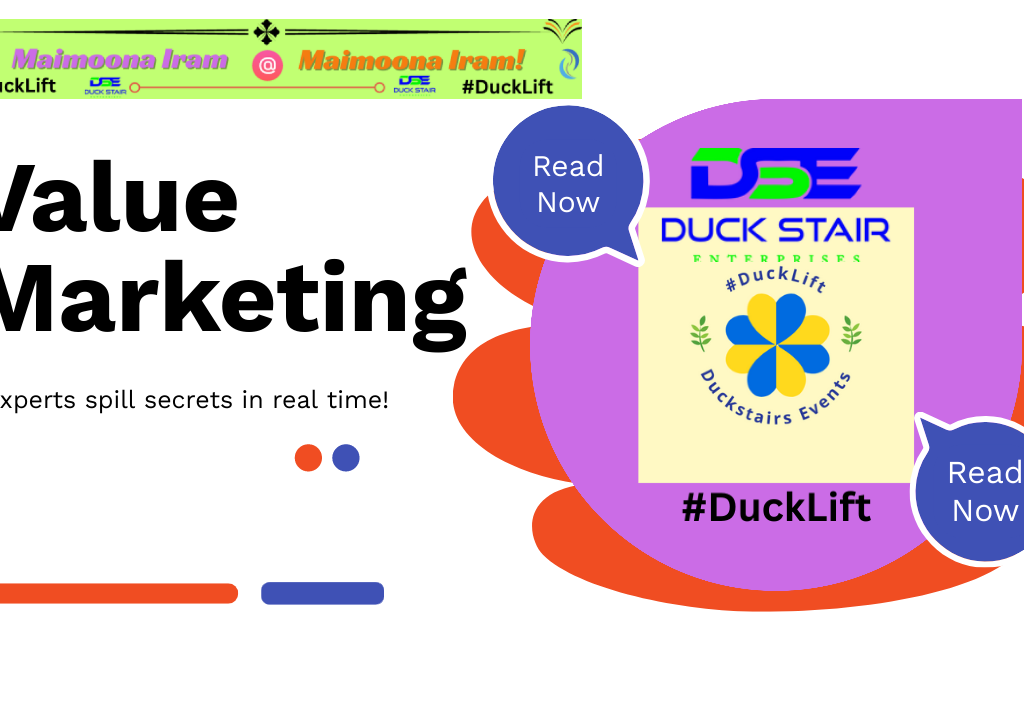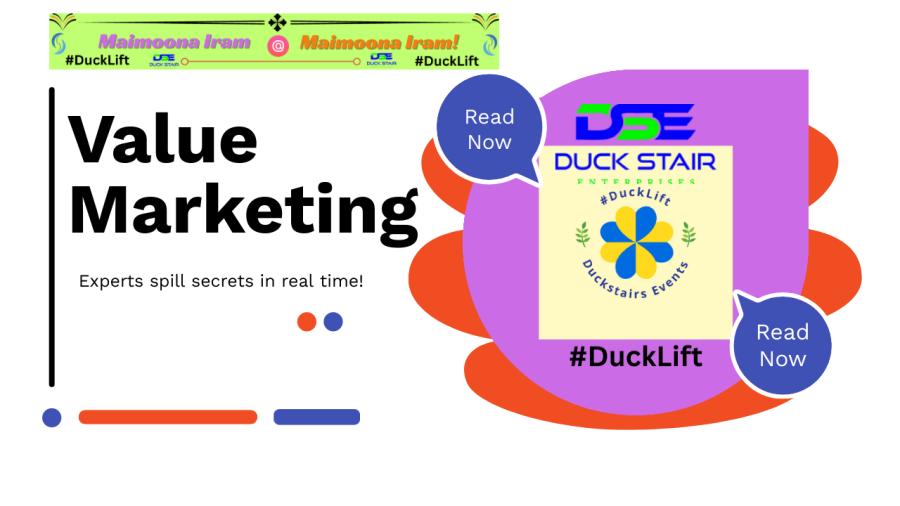
Value Marketing
Title: Unveiling the Dynamics of Value Marketing: Building Lasting Connections in a Competitive Landscape”
Introduction:
In the present hyper-cutthroat market, where purchasers are immersed with decisions and barraged with commercials, organisations face the impressive test of standing apart in the midst of the commotion. Customary promoting approaches frequently centre around promoting items or administrations, underscoring highlights and advantages without fundamentally tending to the more profound requirements and wants of buyers. In any case, in this unique scene, esteem promoting arises as a strong methodology to draw in clients as well as to cultivate enduring associations and dedication.
Understanding Value Marketing:
Esteem showcasing rotates around the idea of conveying remarkable worth to shoppers past the item or administration itself. It goes past conditional connections, intending to make significant encounters that reverberate with clients on a more profound level. At its centre, esteem advertising tries to resolve the basic inquiry: “What issue would we say we are tackling for our clients, and how might we improve their lives?”
Key Principles of Value Marketing:
Client Driven Approach: Worth promoting begins with a profound comprehension of the interest group – their requirements, inclinations, trouble spots, and yearnings. By putting the client at the focal point of the promoting procedure, organisations can tailor their contributions and information to actually reverberate with their crowd.
Centre around Advantages, Not Simply Highlights: While item includes are fundamental, esteem showcasing underlines the advantages and results that clients get from utilising the item or administration. Featuring how an item tackles an issue or improves the client’s life adds characteristic worth and makes a convincing suggestion.
Building Trust and Validity: Trust is the foundation of significant worth showcasing. Organisations should exhibit genuineness, straightforwardness, and unwavering quality in their communications with clients. By following through on guarantees and reliably surpassing assumptions, organisations can develop trust and validity, which are fundamental for long haul achievement.
Underscoring Training and Strengthening: Worth advertising goes past deals pitches; it looks to instruct and enable purchasers. Giving significant data, bits of knowledge, and assets that assist clients with settling on informed choices fabricates trust as well as positions the brand as a confided in counsel according to the purchaser.
Making Vital Encounters: In the period of involvement driven promoting, esteem is frequently likened with the general experience that clients have with a brand. Whether it’s through extraordinary client care, customised collaborations, or vivid brand encounters, organisations that focus on making paramount minutes have an enduring effect on clients.
Implementing Value Marketing Strategies/Executing Worth Showcasing Methodologies:
Content Promoting: Content is an incredible asset for conveying worth to shoppers. By making enlightening, engaging, and significant substance that tends to the requirements and interests of the main interest group, organisations can draw in, connect with, and hold clients actually.
Relationship Building: major areas of strength for building with clients is fundamental for esteem advertising. Whether through customised correspondence, dependability projects, or local area commitment drives, encouraging significant associations goes quite far in building client dedication and support.
Esteem Based Evaluating: Estimating procedures assume a pivotal part in esteem showcasing. Rather than contending exclusively on value, organisations can stress the incentive of their contributions and legitimise premium estimating in light of the advantages and results conveyed to clients.
Client Input and Emphasis: Consistent criticism circles are fundamental for esteem promoting. By requesting and integrating client input into item advancement and advertising endeavours, organisations can refine their contributions and better adjust them to client necessities and inclinations.
Conclusion:
In a scene where buyer inclinations and ways of behaving are continually developing, esteem showcasing offers an essential structure for organisations to separate themselves and fabricate significant associations with their crowd. By zeroing in on conveying excellent worth, understanding client needs, and encouraging trust and validity, organisations can draw in clients as well as develop long haul devotion and promotion, driving supportable development and outcome over the long haul.

